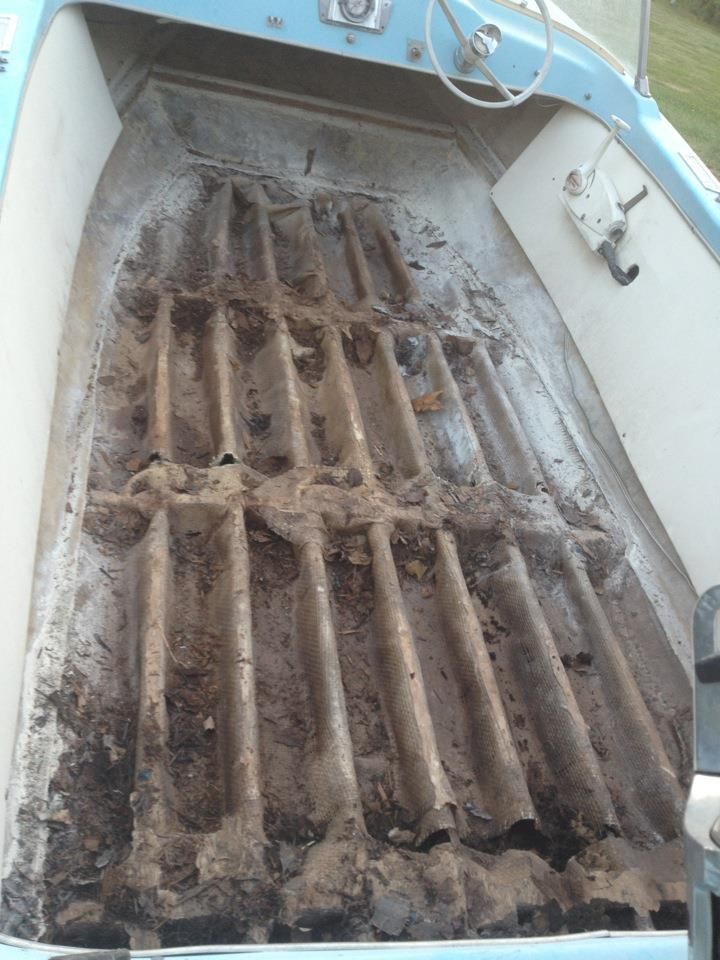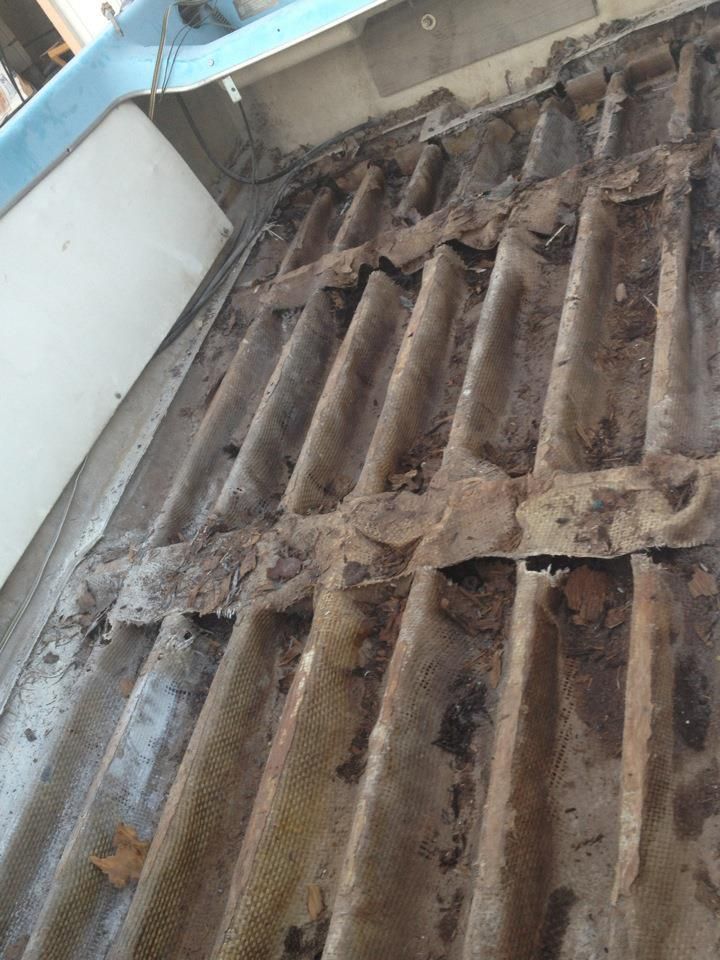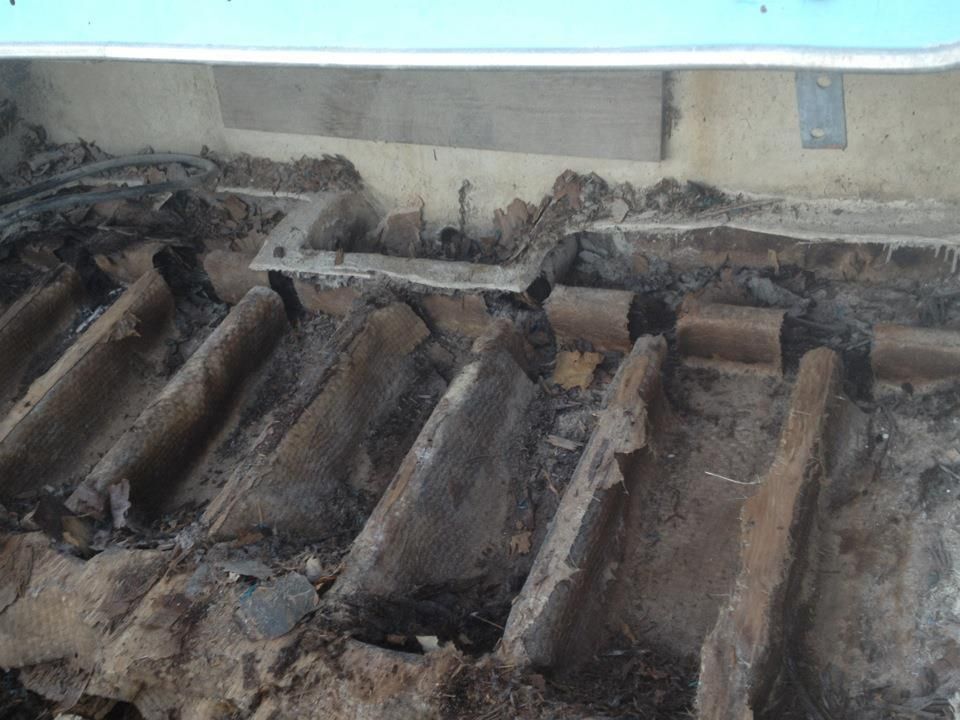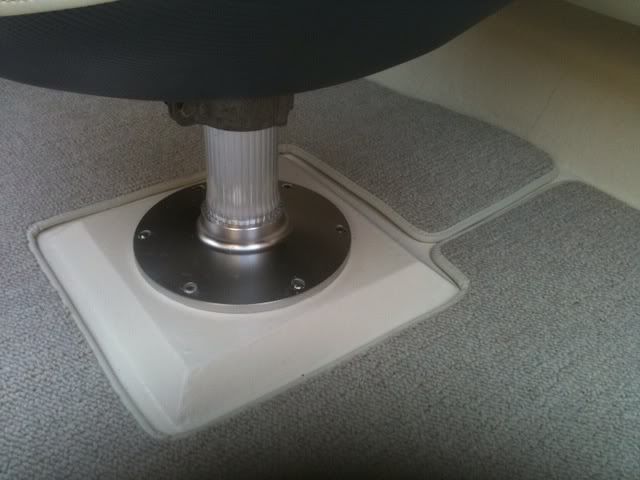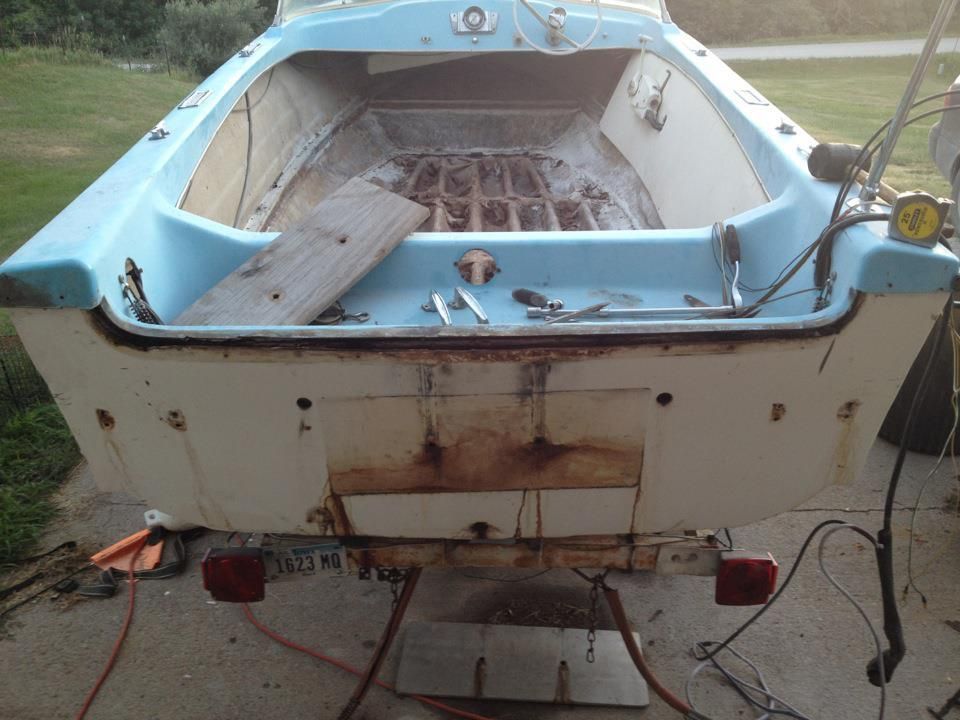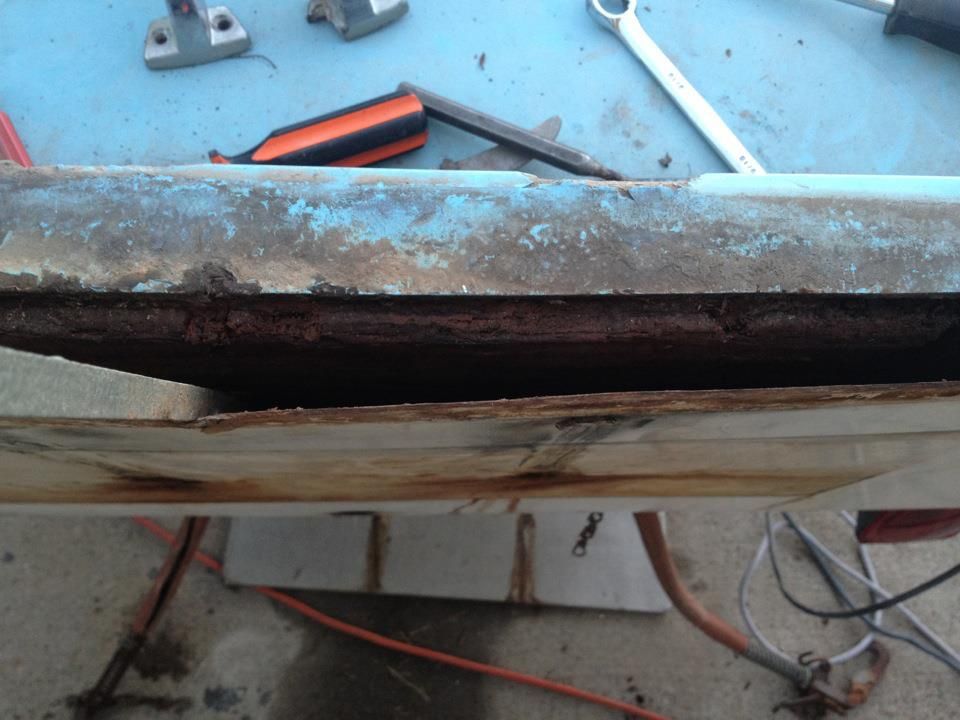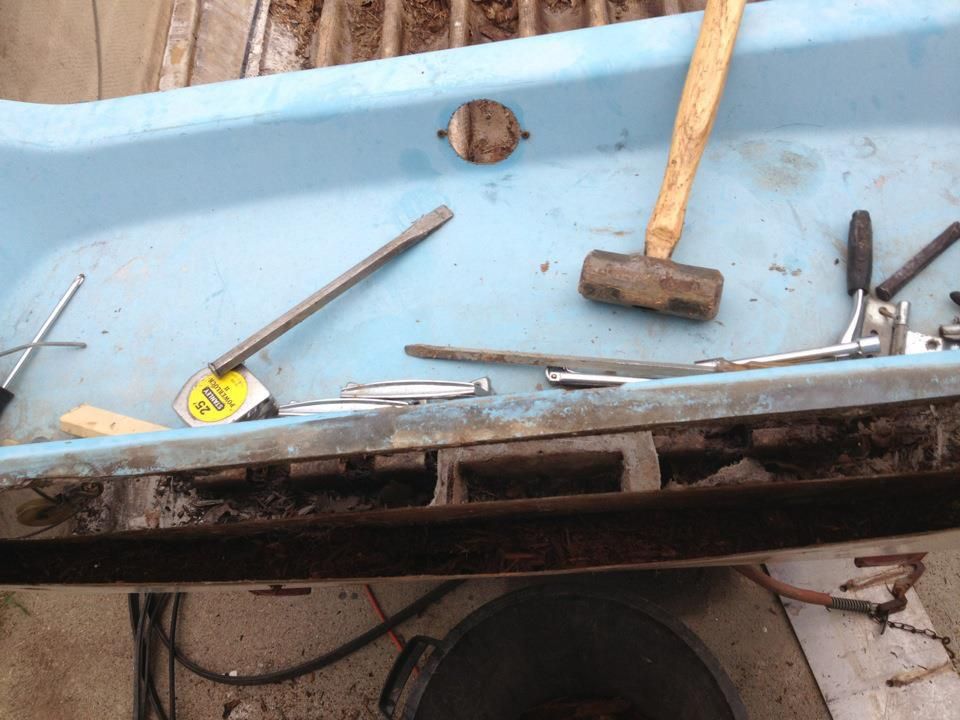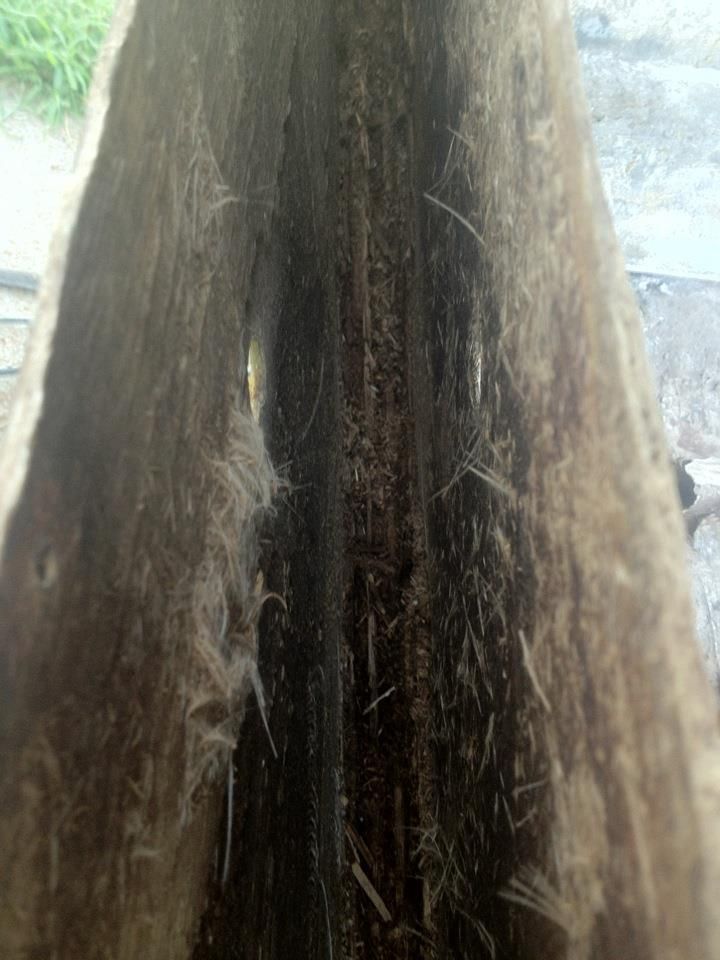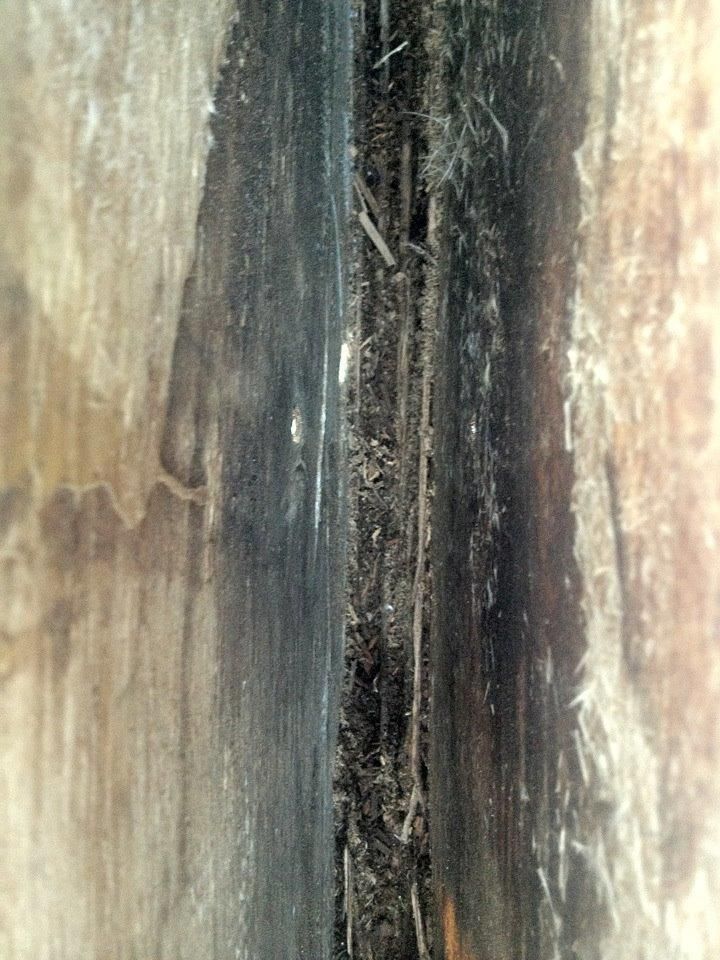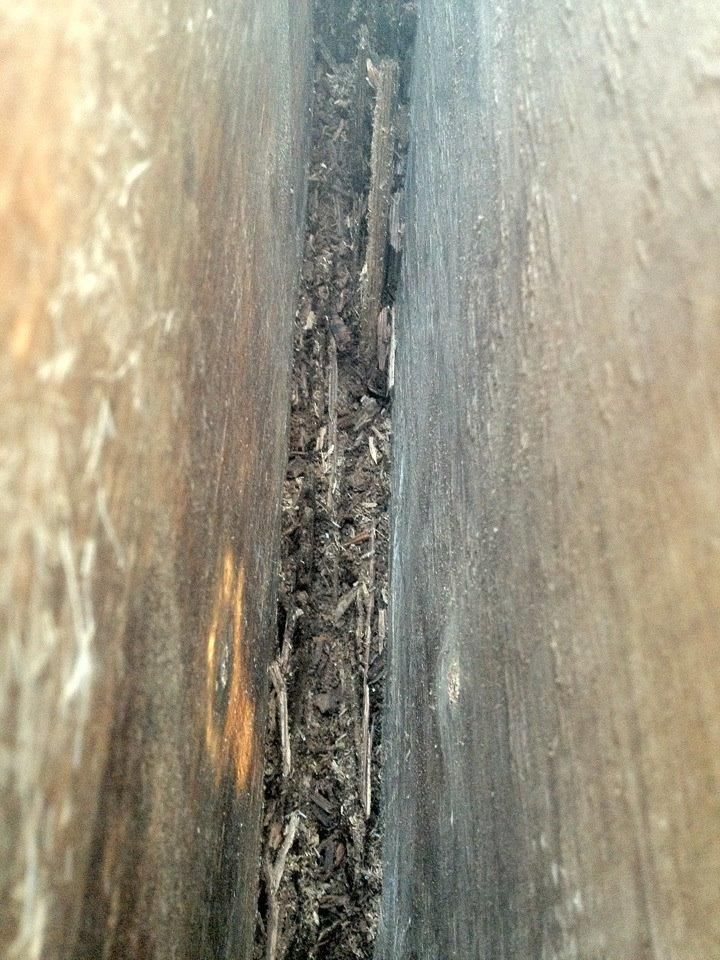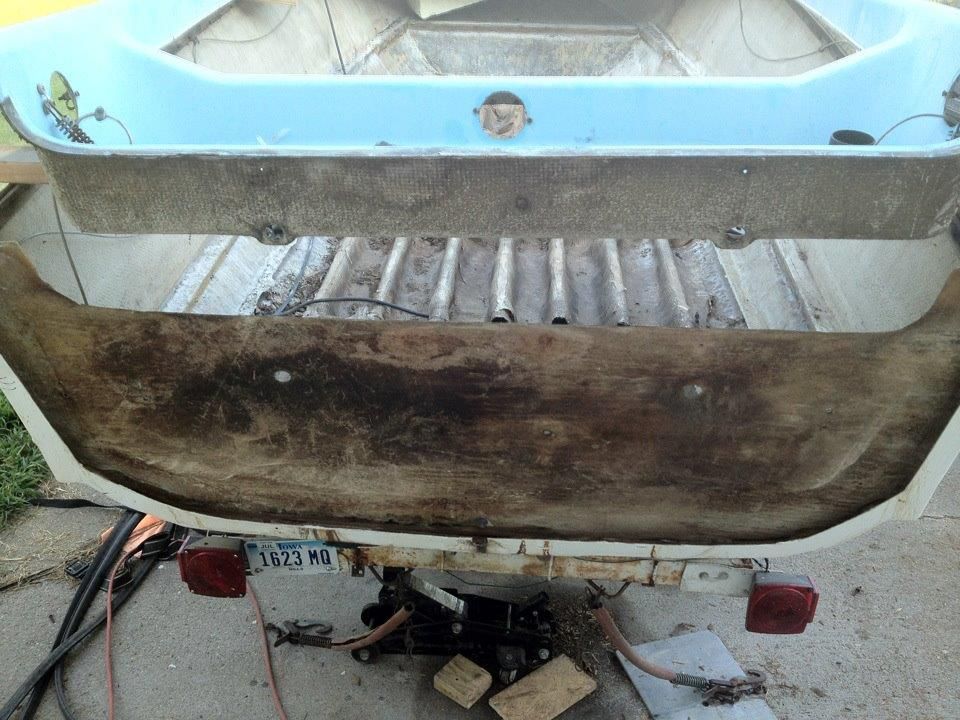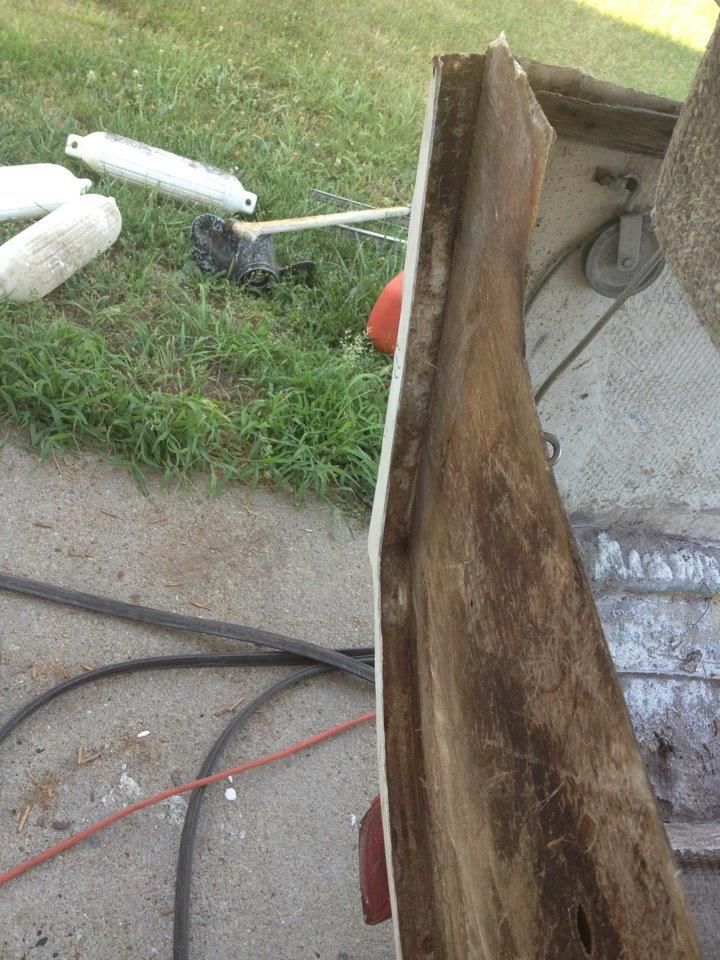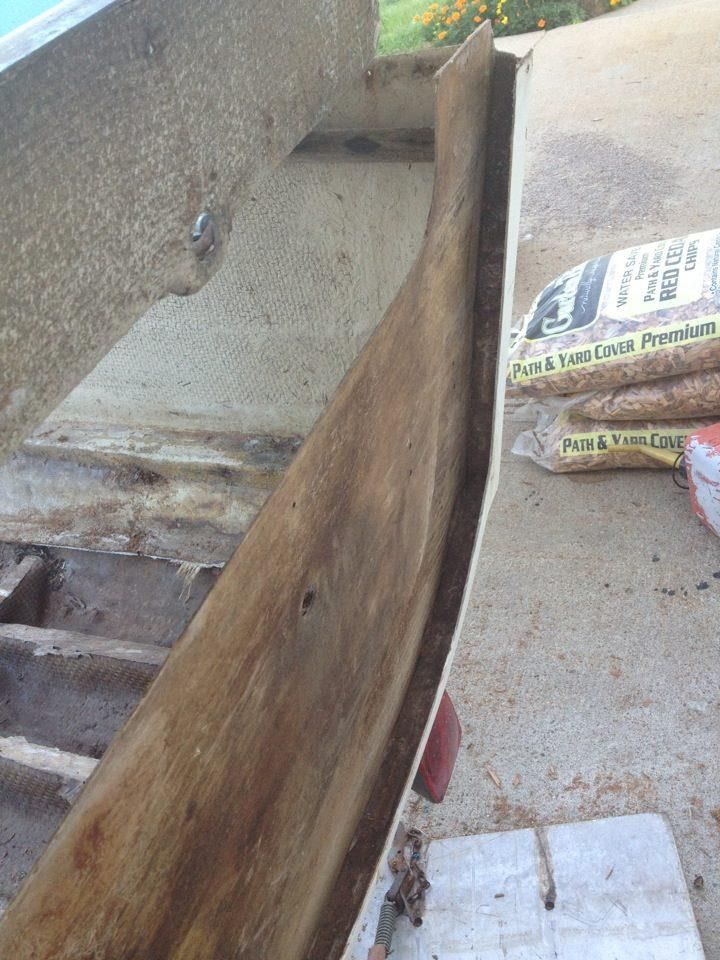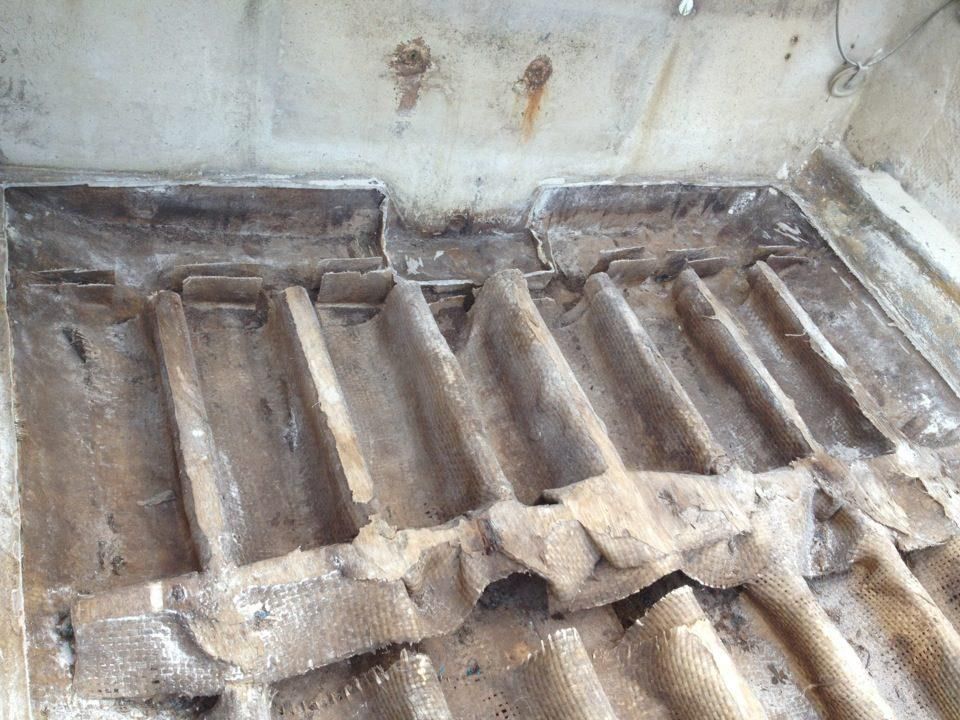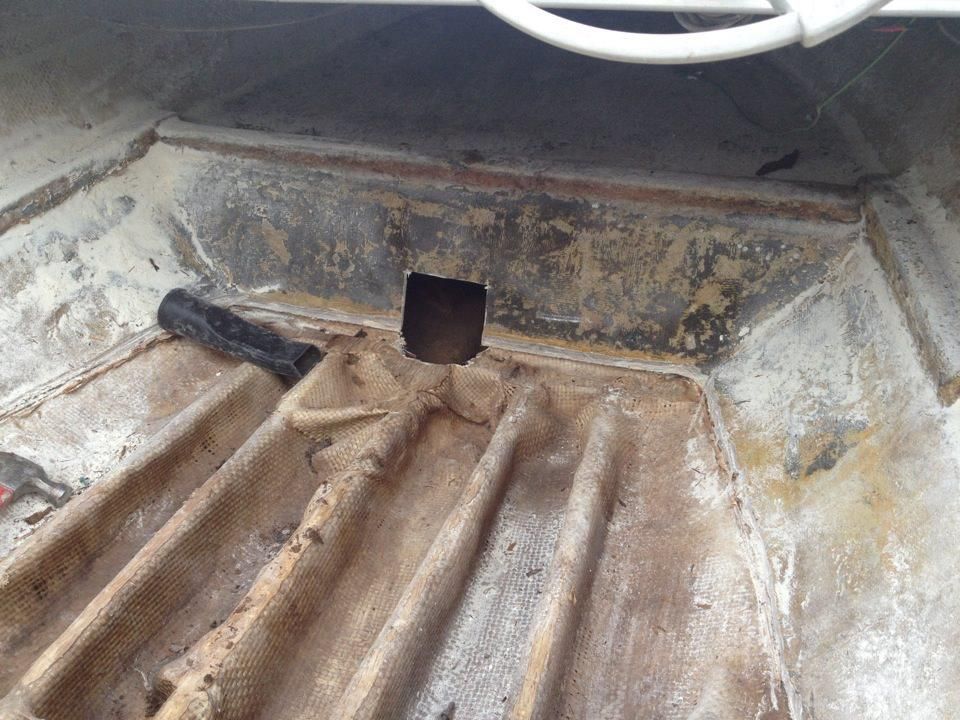Re: Hollow glass stringers?
Re: Hollow glass stringers?
Pix are set to private, or the link isn't correct. But yes, they may in fact be hollow. Mine are in a 1960 Glastron FireFlite.
For beefing up the stringers you'll probably want to run a layer or 2 of CSM, or 1 later of CSM & then a layer of 1708. CSM is not compatible w/ epoxy. It's designed to work with the styrene in polyester resin. Epoxy doesn't have the styrene, so it won't break down the CSM binders. Check with whoever you get epoxy & mat from that they are compatible.
Be sure to check the transom very thoroughly for evidence of water intrusion & or rot. Now while you have the boat torn apart is much better then a year (+/-) from now. You can drill some holes into it from the inside (seal them up when your done if they show no evidence of rot. Take a 1/4" drill bit & wrap it w/ tape @ 3/4-1" from the tip. Drill some 3/4-1" deep holes into the transom as low as you can (near where the deck intersected the transom), near the drain tube. Dry & light colored wood shavings indicate a solid, undamaged transom. Wet & dark colored shavings indicate a water compromised transom that should be redone.
When you prep the ply for the deck (floor) coat the down side too. W/ CSM & polyester resin, or just epoxy (on the underside) and then lay the deck & topcoat it. Epoxy isn't UV stable, so any exposed epoxy will need to be painted.
Depending on where you're using epoxy & how you plan to finish those areas, polyester resin does not stick to epoxy very well. Epoxy will bind to polyester resin (what your boat is probably constructed w/). Epoxy tends to be more expensive per unit then poly resin, but in some applications you can eliminate some of the fiberglass (IE: the underside of the deck).
Welcome to dry dock. The crew @here will get you back in the water quick.
Lookup WoodOnGlass's posts. His signature life has some helpful links in it.
Don's helpful tips is a great resource. Friscoboater & oops should both have threads posted in that list. Really great threads.






















